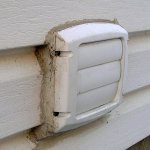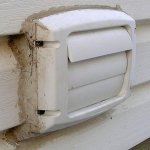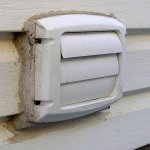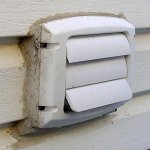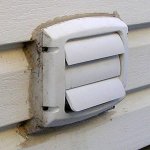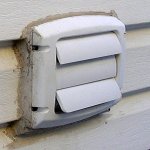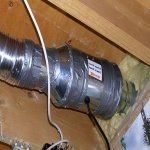You need as much free flowing intake as exhaust to make any system preform at it's optimal level.
By free flowing I mean no intake fan.
It is referred to as " passive intake "
Best fans are from old furnaces and can be found free or cheap from furnace stores.
Put an inline $20 reostat to lessen the power as they tend to be from 1000cfm on up.
If you build a fully in closed hood with just a frontal opening the recommended cfm for exhaust is 100 cfm per square foot of opening......
There are calculations online for said hoods.
Also choking down any bigger opening ie: putting a 4" duct on a 6" fan lessens the cfm output exponentially!
There are generally 2 types of fans.
1 : Ones meant to pull air ( furnace fans ) those would be put at the END of an exhaust run ie: closest to the outside
2 : Inline fans which are a balance of a push / pull type of system . These can be placed pretty much anywhere in the duct line itself.
Most prefer to put them towards the end as well due to noise.
The 2nd fans called co-axial fans can be very expensive but work well.
You have to decide what your health is worth to you and build accordingly....
If anyone has any questions regarding such matters send a pm my way and I'll see if I can help.
By free flowing I mean no intake fan.
It is referred to as " passive intake "
Best fans are from old furnaces and can be found free or cheap from furnace stores.
Put an inline $20 reostat to lessen the power as they tend to be from 1000cfm on up.
If you build a fully in closed hood with just a frontal opening the recommended cfm for exhaust is 100 cfm per square foot of opening......
There are calculations online for said hoods.
Also choking down any bigger opening ie: putting a 4" duct on a 6" fan lessens the cfm output exponentially!
There are generally 2 types of fans.
1 : Ones meant to pull air ( furnace fans ) those would be put at the END of an exhaust run ie: closest to the outside
2 : Inline fans which are a balance of a push / pull type of system . These can be placed pretty much anywhere in the duct line itself.
Most prefer to put them towards the end as well due to noise.
The 2nd fans called co-axial fans can be very expensive but work well.
You have to decide what your health is worth to you and build accordingly....
If anyone has any questions regarding such matters send a pm my way and I'll see if I can help.
Last edited:




















































